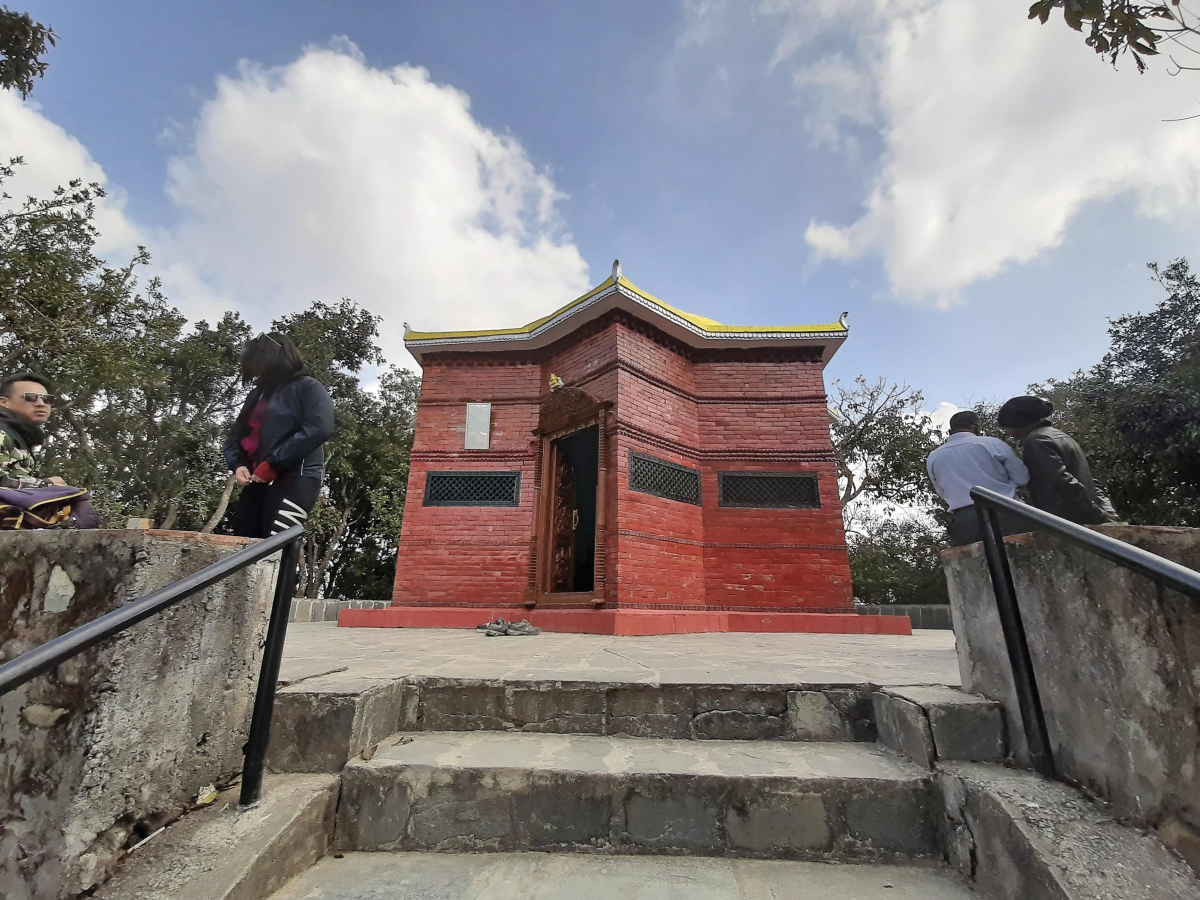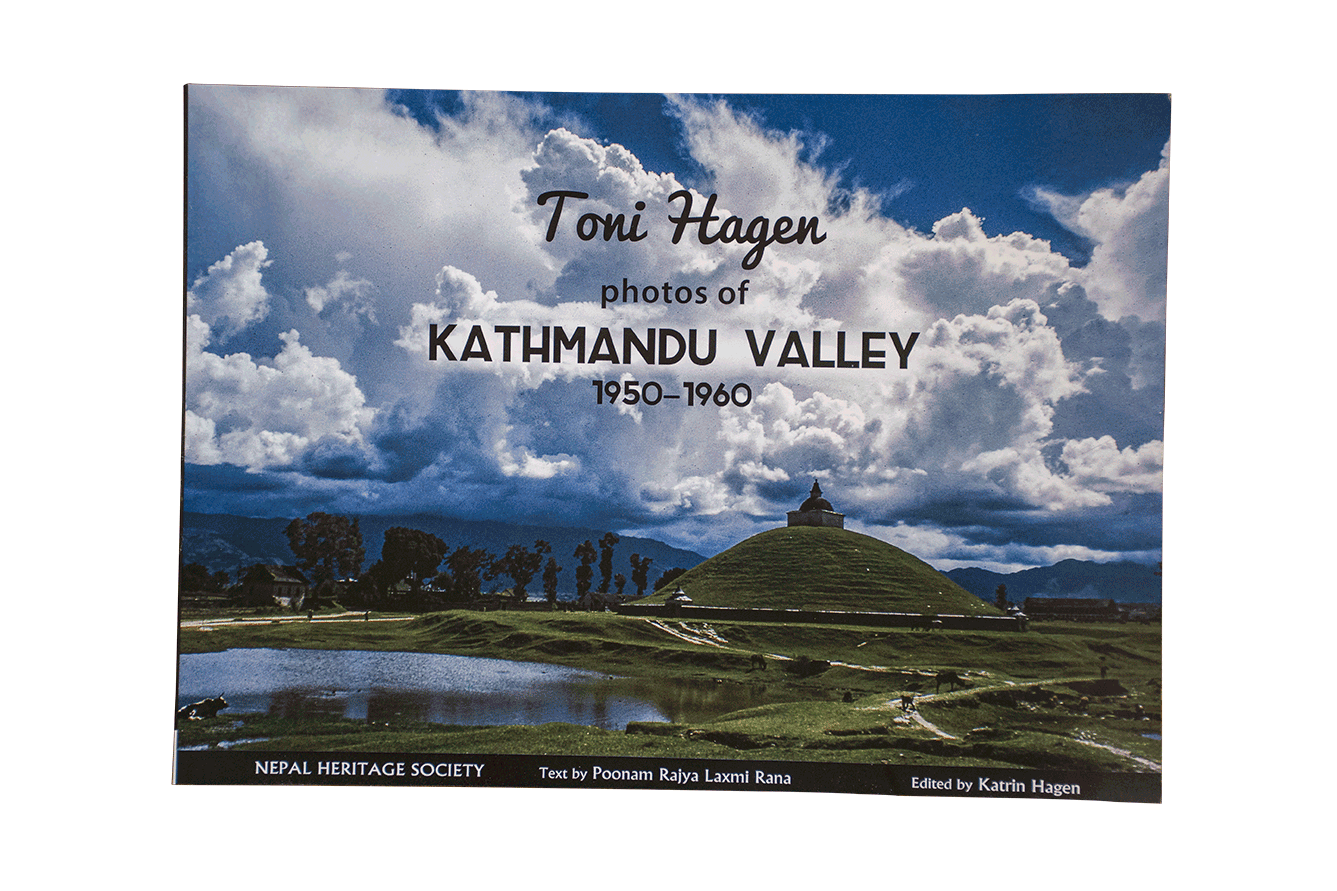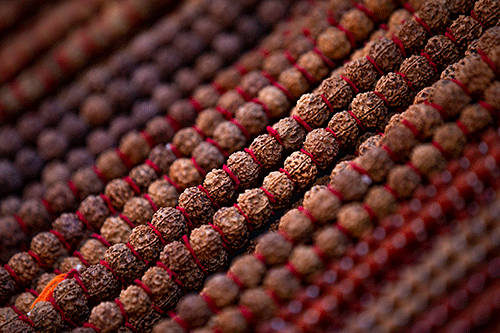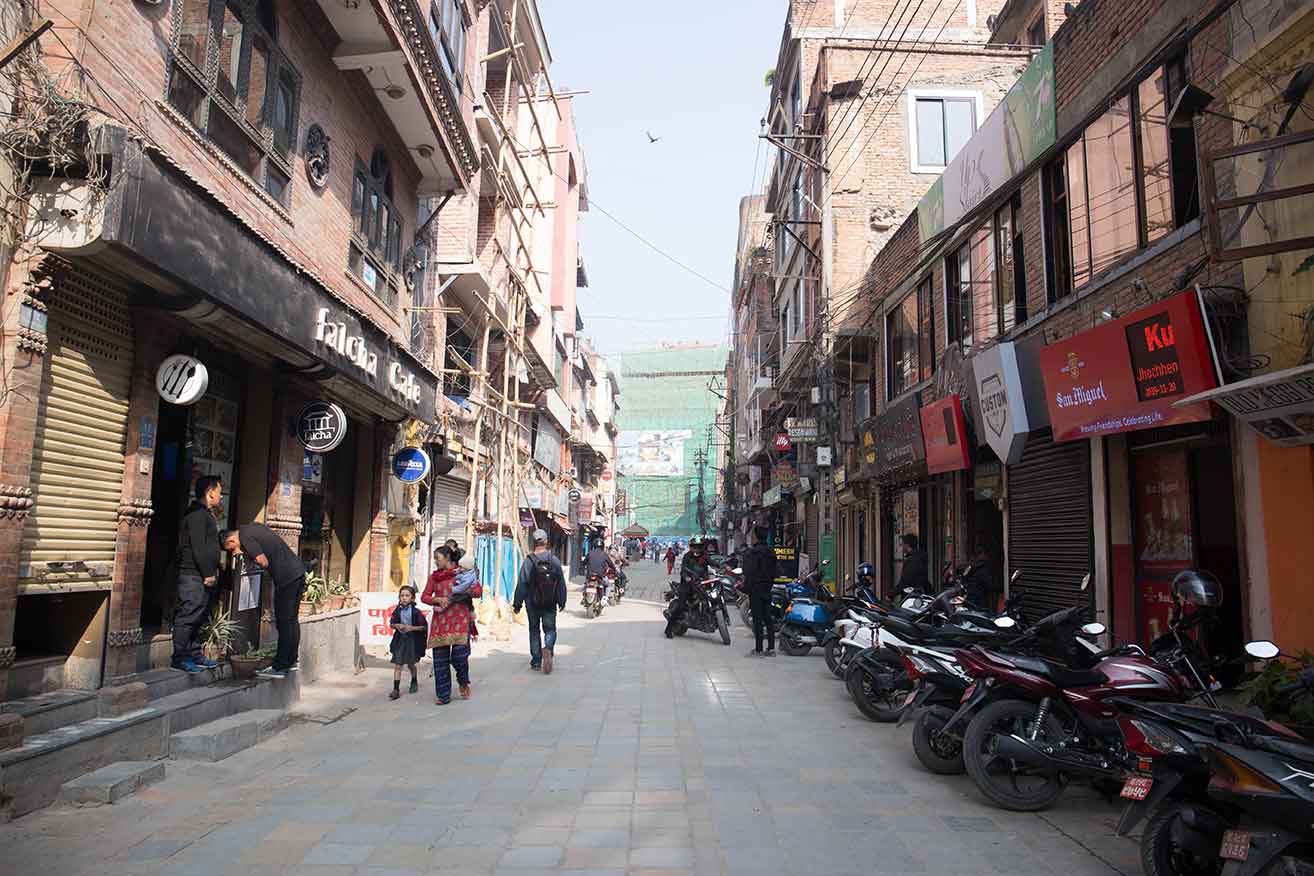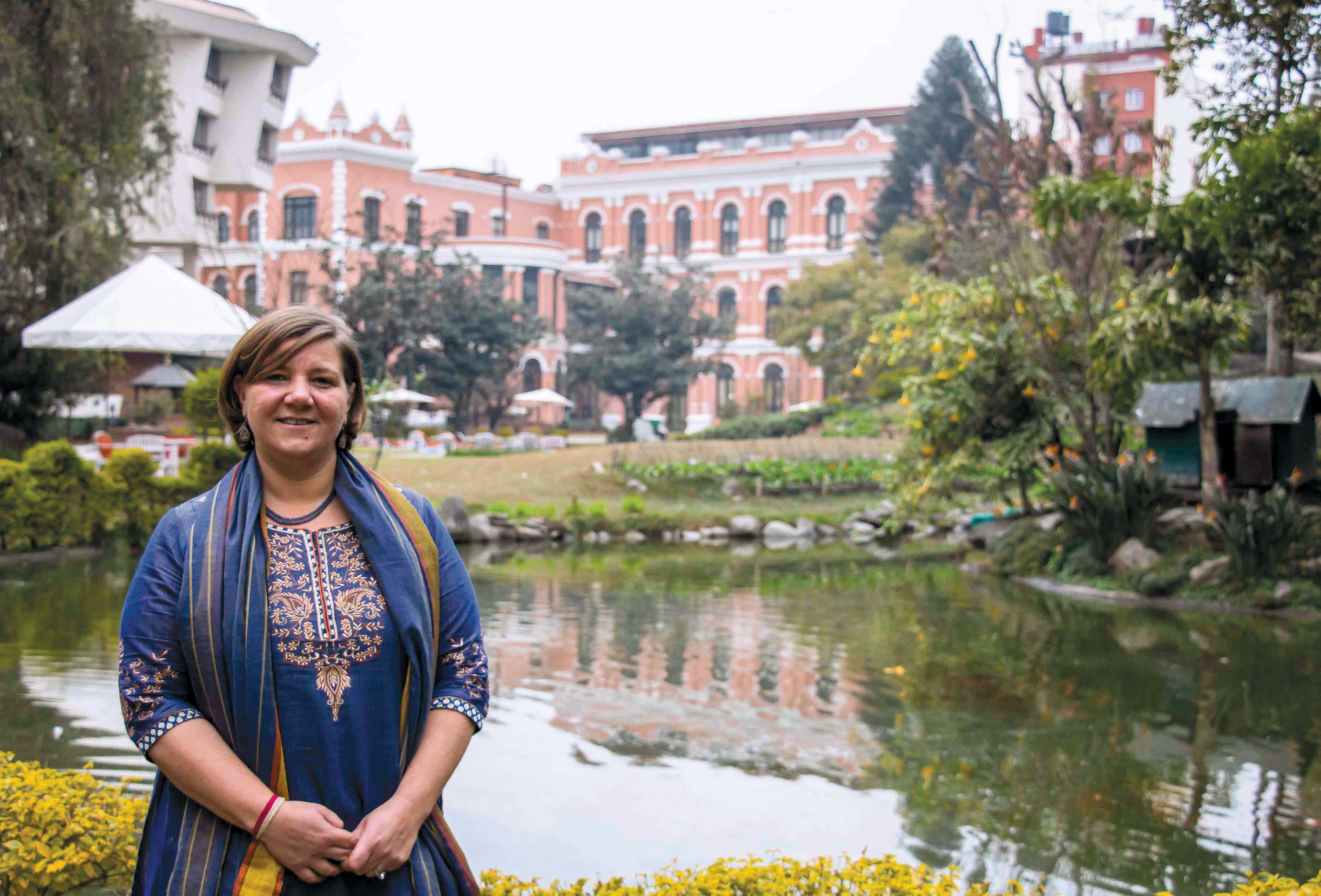Most tourists that pass through the Kathmandu Valley have likely made a visit to the urban centers of Patan and Bhaktapur. Guidebooks and travel literature are packed with information on these two famous sites, but often overlook a small enclave called Thimi, which is tucked between the two major localities. Thimi, a quick and easy trip from the Kathmandu city center, is often missed by tourists, but the intrepid traveler who does make a stop there will be greatly rewarded with a taste of an un-globalized, un-Westernized Nepali town, which is steeped in tradition and heritage.
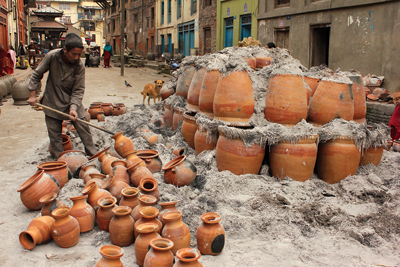
A traditional potter at work
Thimi is easy to get to via taxi, public transport, motorbike or bicycle and is located just off the Kathmandu-Bhaktapur highway. The town is divided by a main road into New Thimi and Old Thimi, Old Thimi being where the most interesting architecture, temples and handicraft businesses are located.
The locality of Thimi is most well-known for their long standing tradition of pottery making. A stroll through the town reveals that this traditional business continues to thrive, for a multitude of drying ceramics can be seen outside homes. There are rows of large and small terra cotta water pots, containers for making Nepali alcohol, both raksi and chang, tiles for roofs and floors and containers for cooking. It is difficult to find a corner of Thimi that is not dedicated to the fine art of pottery and a majority of the town residents are in some way involved with the craft.
Ask any Thimi resident their surname and the likely answer will be “Prajapati.” In Newari, the last name “Prajapati” means ‘potter.’
On a recent afternoon, Hari Prajapati, a Thimi potter, community activist and founding member of the Nepal Ceramics Cooperative Society, strolled through the streets greeting his fellow craftsmen and women, explaining the steps to create ceramic works of art, from the spinning wheel, terra cotta painting and firing pots in a traditional kiln.
“The name ‘Prajapati’ comes from the Sanskrit language,” he said. “In Sanskrit it means ‘producer’.”
According to Prajapati, who is involved with both traditional terra cotta pottery and more modern glazed ceramics, Thimi was once a small kingdom, similar to Kathmandu and Patan.
“Then, 400 years ago there was a big earthquake and all the buildings collapsed,” Prajapati said. “After this, the King of Thimi moved to Bhaktapur. Actually, Thimi is older than Bhaktapur.”
While a trip to Bhaktapur or Patan may be best to observe the Newari and Malla-era architecture, the most fascinating thing to do in Thimi is explore the ceramics industry. In a modernized, Westernized and globalized culture, many of the intricacies and traditions of artisanal crafts have been lost to mass production, machines and poor quality products. In Thimi, this is certainly not true and many of the town’s residents are eager to show the visitor how they masterfully hand-make their pots. The final products have great utilitarian value to the Nepali people, who use ceramics for water transport, cooking, everyday pujas and death ceremonies.


